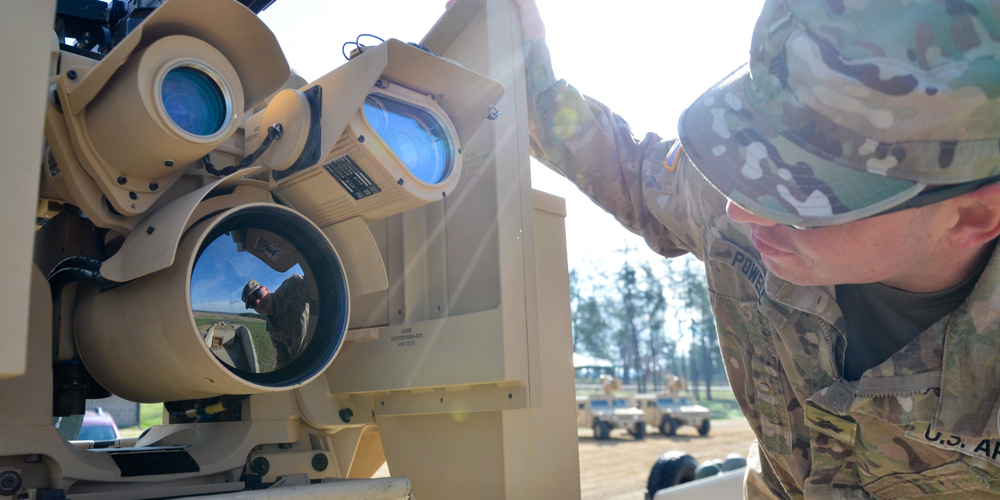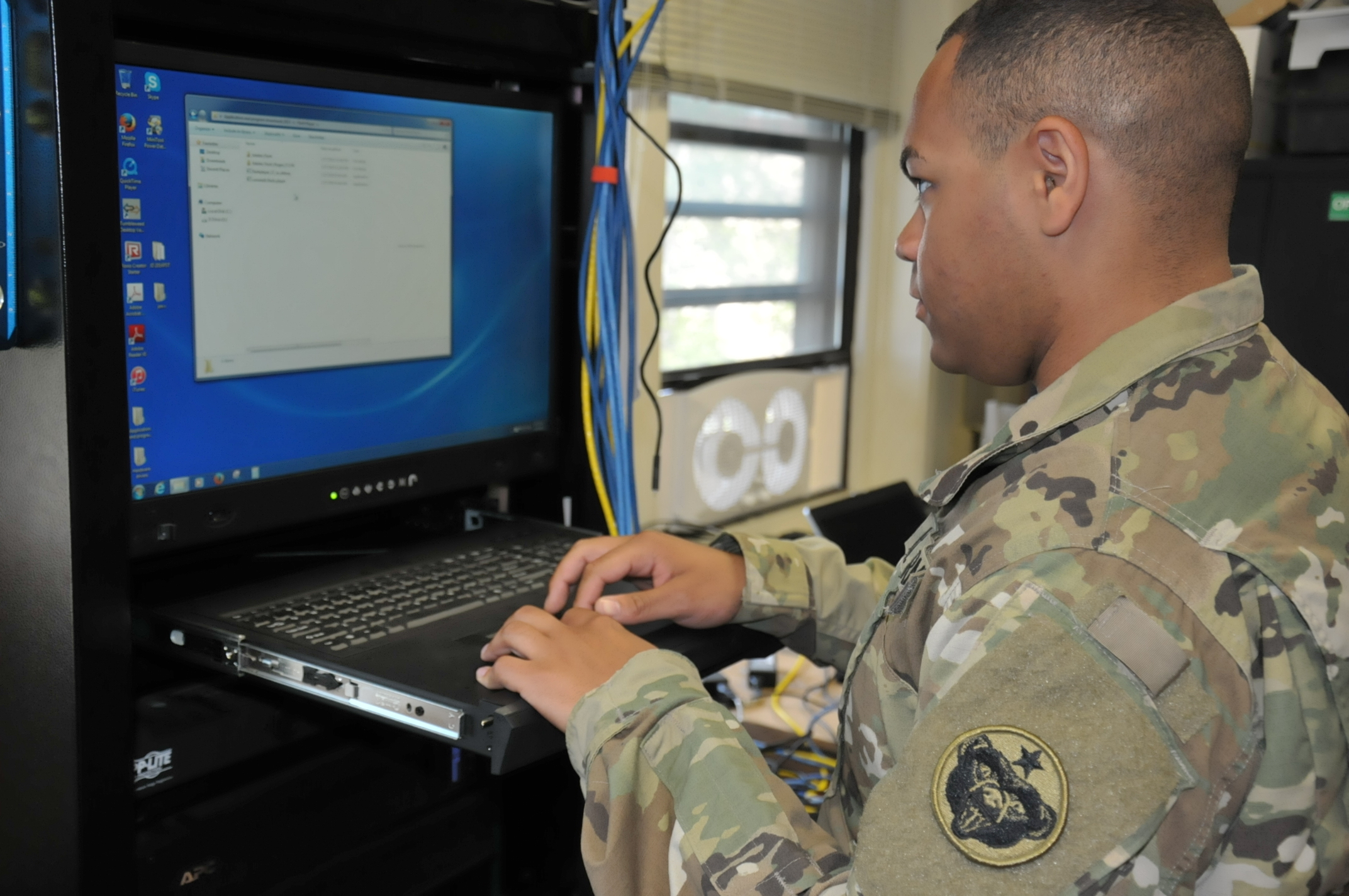
Overcoming acquisition reform challenges with cost-saving solutions
From The Army Acquisition Executive
The Honorable Katrina McFarland
Following his confirmation as secretary of the Army in May 2016, the Hon. Eric Fanning listed acquisition reform as one of his top priorities for enhancing the Army’s force readiness. Acquisition reform has been of particular focus in the Army acquisition community as we face the challenges of continued budgetary instability. Against that backdrop of a constrained fiscal environment, and as part of a larger movement toward enhancing readiness across the force, this endeavor calls for a whole-Army approach to rethinking how we conduct acquisition.
Acquisition reform does not rest solely in the hands of one community or another. Just as every Soldier is vulnerable to ever-increasing threats, the responsibility falls to each Soldier and to each individual across the Army to demonstrate sensitivity with resources and thereby strengthen the acquisition reform process as a whole. Every Soldier and Army civilian holds a duty to be efficient stewards of taxpayer dollars, doing his or her part to equip Soldiers with the materiel solutions needed for mission dominance while remaining cognizant of declining budgets. This issue of Army AL&T explores how we, as Army professionals, can come together to work toward the goal of strengthening our acquisition practices.

WITHIN STRYKING DISTANCE
The new Rapid Vehicle Provisioning System (RVPS), tested in February at Fort Bliss, Texas, reduces the time it takes to provision an entire brigade’s worth of networked vehicles, including these Strykers, from six weeks to less than five days. Many project management offices are prioritizing affordable solutions like RVPS to ensure readiness and control costs. (Photo by Amy Walker, Program Executive Office for Command, Control and Communications – Tactical Public Affairs)
AFFORDABILITY OVER COST SAVINGS
There are two fundamental ways we can take on the challenge of reforming acquisition. First, we focus on affordability initiatives. I want to highlight affordability efforts in lieu of cost-saving measures. While we certainly have steadily decreasing funds with which to support our Army, we are committed to not being cut-rate in our approach to procuring weapons. By focusing on affordability over low cost, we still provide Soldiers with effective equipment while making smart choices and stretching dollars in the same way that we all would in our own households in today’s economy. Affordability can mean spending slightly more on something that we know can last longer.
Prioritizing affordable solutions over cheap alternatives enables us to pay for quality, sustainability and deployability in programs. Our project management offices throughout the acquisition enterprise are already making significant progress on this front. One example comes from the Program Executive Office for Soldier, where teams are changing from a two-battery configuration on Sniper Night Sights to a single-battery configuration, which increases the battery run time. Selling the other variants back to the manufacturer and exchanging them for the best version will save the Army $4 million over the 20-year program life cycle.
DOD’s Better Buying Power (BBP) provides additional guidelines for program affordability. In addition to achieving affordable programs and controlling life-cycle costs, BBP also calls for incentivizing productivity in industry and government. In Army acquisition, we welcome this challenge to incentivize innovation and opportunities to provide better value to the Army.
Divesting programs is another way we assume positive control in times of fiscal uncertainty. As part of a broader Army modernization strategy, divestiture plays a crucial role in allowing us to make smart choices with limited funding. By divesting equipment the Army no longer needs, we can reduce our operation and sustainment costs. This reduction in cost helps us preserve our science and technology portfolio. Even in the face of austere budget realities, we cannot lose sight of strategies for future innovation.

STAYING IN TOUCH
The Hon. Eric Fanning, then acting secretary of the Army, visits the Camp Atterbury- Muscatatuck Urban Training Center, Indiana in November 2015. Fanning has made acquisition reform one of his top priorities for enhancing the Army’s force readiness. (U.S. Army photo by John G. Martinez)
SMARTER ACQUISITION
The Office of the Deputy Chief of Staff, G-4 is heavily invested in reaching these affordability goals. Julia Lyons, chief, Army G-4 Sustainment Maintenance Division, noted that “in this pursuit of affordability, the acquisition and sustainment communities continue to work together to shape policy, procedures and organizational changes that make acquisition, development and sustainment of software more affordable.” She gave the example of post-production software support (PPSS), which includes capabilities such as software license, information assurance and vulnerability alerts, and lab and field support.
“This program risks major costs once a weapon system transitions throughout the life cycle and [is] ultimately delivered to Soldiers. The acquisition and sustainment communities have worked to make this program more affordable by implementing efficiency initiatives, divesting legacy systems, maximizing the use of enterprise license agreements, reducing configuration requirements, extending weapon system block upgrade cycles and eliminating redundant capabilities where it makes sense,” she said. These efforts have reduced PPSS requirements by approximately $1 billion over the past four years and enhanced our ability to provide Soldiers with more advanced weapon systems that operate safely and securely while remaining cognizant of funding realities.
As a second means of tackling the task of acquisition reform head-on, we look to enhance the speed and efficiency of our operations. One way we are streamlining our efforts is in program requirements: the building blocks of a program’s acquisition life cycle and a major determinant of the success or failure of a program. Having a series of affordable, technically sound and achievable requirements is a significant factor in an acquisition program’s ability to meet cost, schedule and performance objectives. We are continuously working to better leverage our systems engineering talent during the requirements-generation process to produce trade space between requirement, total life cycle cost, schedule and risks.

CYBER WATCH
Spc. Isaiah Anderson, an information management officer with U.S. Army Alaska (USARAK), updates the anti-virus software on an off-network computer at USARAK headquarters, Joint Base Elmendorf-Richardson, Alaska. The newly established Rapid Capabilities Office will focus on rapid prototyping of select electronic warfare equipment, including cyber capabilities, with an eye toward addressing urgent needs in contested environments while still guiding longer-term procurement strategies for broader system fielding. (Photo by Sgt. 1st Class Joel Gibson, USARAK)
FOSTERING COLLABORATION
In our efforts toward streamlining requirements, we are reinvigorating the Army Requirements Oversight Council (AROC), chaired by the Army chief of staff. Within the National Defense Authorization Act for Fiscal Year 2016, Congress legislated changes to defense acquisition and called for a review of internal processes. As part of this internal examination, renewed attention to AROC ensures that the Army’s acquisition efforts are more reflective of developers and end users of Army programs. Expanding the AROC process allows the customer’s voice to be heard throughout the Army’s acquisition activities. AROC fosters collaboration across the requirements, resourcing and acquisition communities; enforces accountability; establishes priorities to balance resources and requirements; and ensures that the Soldier receives the right capabilities in a timeframe that guarantees the program is both relevant and within budget.
A significant step forward in increasing our efficiency and speed is in the establishment of the Army’s Rapid Capabilities Office, which will rapidly develop, acquire, integrate and equip immediate and near-term materiel solutions with streamlined acquisition methods. (See “Seizing the Advantage,” Page 30.) One initial focus of the new Army Rapid Capabilities Office will be the rapid prototyping and initial equipping of select electronic warfare equipment, including cyber capabilities, position, navigation and timing; radar and radio sensors to be mounted on ground vehicles, drones and Soldier equipment. The rapid prototyping efforts undertaken by the Army Rapid Capabilities Office will address the Army’s needs in contested environments but endure to inform our procurement strategies for broader fielding of systems. Accomplishing the objectives of the Army Rapid Capabilities Office will require a thorough understanding of and excellence in the acquisition process, and I am confident in our ability to rise to this challenge.

STAYING ON TARGET
A Soldier checks his vehicle’s Common Remotely Operated Weapon Station before a materiel fielding and training exercise hosted by the 88th Regional Support Command (RSC) at Fort McCoy, Wisconsin, April 21. The exercise was part of TACOM training that aims to improve operational readiness—the top priority for Army Chief of Staff Gen. Mark Milley, and one that calls for acquisition professionals to take a new look at their efforts of stewarding the shrinking pool of taxpayer dollars. (Photo by Catherine Threat, 88th RSC)
CONCLUSION
Finally, I would like to highlight what I consider to be the difference between acquisition reform and acquisition improvement. When we talk at length about acquisition reform, we are referring to our covenant with the nation: to be responsible with hard-earned tax dollars and to enable our country’s sons and daughters in uniform. Acquisition improvement takes this commitment one step further. While we are undergoing significant plans to reform the acquisition process as detailed throughout this issue, we also renew our pact to the Soldier every day. Acquisition improvement is our duty to constantly work harder to guarantee that our Soldiers have the most superior capabilities available. Acquisition reform is a necessary long-term strategy; acquisition improvement is a daily renewal of our mission.
All of us in Army acquisition have a sacred responsibility to do our part in ensuring that our Soldiers are properly equipped and ready for any engagement across the globe. By taking these steps toward revamping our processes, the Army acquisition community stands ready as well to answer this call.

WELCOMING PARTNERS
Maj. Gen. Douglas M. Gabram, commanding general of the U.S. Army Aviation and Missile Command (AMCOM), talks with industry representatives during the opening of AMCOM Industry Days at Redstone Arsenal, Alabama, June 15. Incentivizing productivity in industry and government is one of the aims of DOD’s Better Buying Power program, and can be a vital part of improving acquisition affordability in a budget-constrained environment. (Photo by Kari Hawkins, AMCOM)
This article was originally published in the October – December 2016 issue of Army AL&T magazine.
Subscribe to Army AL&T News, the premier online news source for the Acquisition, Logistics, and Technology (AL&T) Workforce.


